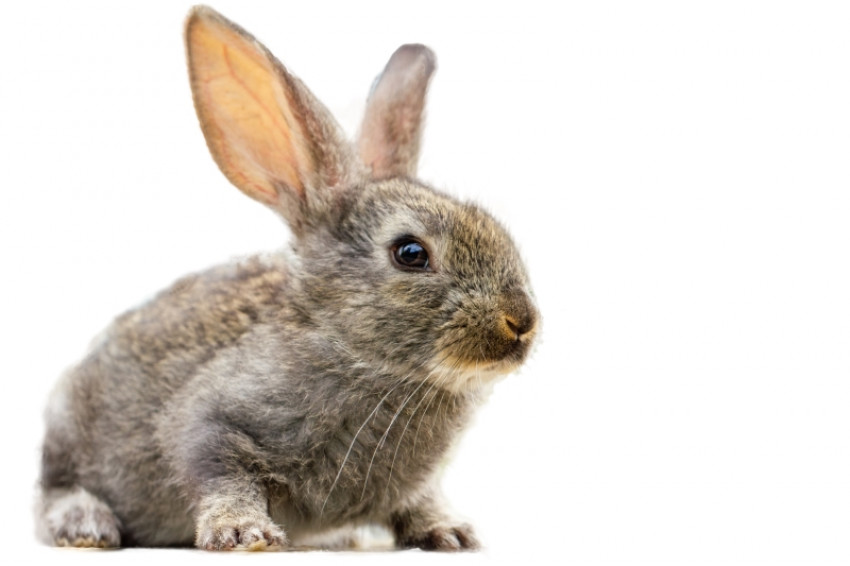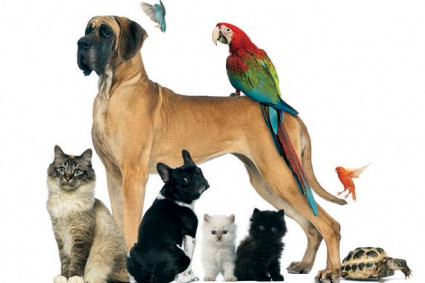
Children and their parents are discovering that pet ownership has rewards and challenges. It may seem not very easy to take care of a kid and his little pet, but having a routine and considering some advice, would simplify things. Of course, owning a pet doesn’t mean only feeding it, whether it is a pup and you need meals for mutts or a rabbit, and you need some supplies from Timothy Hay. It implies much more care. But whether you're a parent or a soon-to-be pet owner, here's what to know to help kids, dogs, or other pets get along better.
Why Pets?
There are lots of reasons to get a pet. They’re cute and cuddly, and they provide us with companionship. But for kids, there are even more reasons to have a furry friend in the family. Dogs can teach kids about responsibility, empathy, and patience while providing them with hours of fun and laughter. Rabbits can teach him about deeper feelings like fright or insecurity. Here are some reasons why kids and pets make the perfect pair.
1. Pets Teach Kids About Responsibility.
Caring for a pet is a big responsibility, but it’s one that kids can handle with the help of their parents. Feeding, walking, and playing with their pet will help kids learn how to care for another living creature. They’ll also understand the importance of sticking to a routine and being patient when things don’t go according to plan (like when their dog has an accident indoors).
2. Pets help kids develop empathy.
Dogs are great listeners, and they never judge us for our mistakes. This makes them the perfect confidante for kids who are working through some challenging emotions. Talking to their dog about their problems can help kids learn how to empathize with others.
Some Tips to Come Along with Your Pet
When it comes to kids and pets, there are a lot of issues out there. From feeding to playing and caring, here are some tips on how to get along:
- Be patient. It takes time for both kids and pets to adjust to each other. Give them space to get used to each other, and don't force anything.
- Teach your kids how to approach and touch pets. Cats have different ways of liking to be touched, so your kids must know how to do this properly. Dogs can also sense if kids are afraid of them, so teaching them how to remain calm around dogs. Rabbits are easily frightening, and they hide a lot. Teach your kid not to chase it.
- Dogs need exercise just like people, so ensuring they have time to run around and play is essential. This will help tire them out, so they're less likely to bounce off the walls when your kids try to sleep!
- Dogs are attracted to food, so it's essential to keep things like snacks and lunch away from them. You can buy meals for mutts to ensure the daily necessity of proteins and vitamins. Kids should also know not to feed a rabbit: besides cereals or hay, like Timothy Hay, it also loves fresh vegetables or apples.
Why Do Kids Like to Bring Their Pets Everywhere?
There are plenty of reasons kids like to bring their pets everywhere. For one, dogs make great companions. They’re always happy to see you and up for a walk or a game of fetch. Dogs, for example, offer kids a sense of security. They provide comfort and support, especially during tough times or when kids feel lonely. And last but not least, pets are just big bundles of fun!
Of course, not every pet is the perfect partner for every kid. Some dogs may be too active for very young children, while some rabbits may not do well in chaotic or crowded environments. But with patience and understanding, most kids and their pets can learn to enjoy each other’s company.
Teaching Your Kid How to Care for A Pet
Taking care of a pet plays a vital role in your child’s development. But he needs to know how to do it. Teach him some of the most important aspects of owning and taking care of a pet.
1. Using Meals for Mutts to Feed His Pup
Food is essential for the pet. You have to choose the right one your pet tolerates, and it also has to be qualitative. For instance, you can use meals for mutts, and your pup will benefit from a portion of the rich food in vitamins.
2. Pets Intimacy
This is a challenging task for a child but also an essential one for his pet's health. Any pet needs a private place where not to be disturbed, hide, or rest.
3. Give the Daily Portion of Timothy Hay to Your Rabbit
Besides cereals, fresh vegetables like cabbage or carrots, apples and other fruits, rabbits need a daily portion of fresh grass. If this is not possible, you can give him hay, from Timothy Hay, for instance.
Teaching Kids to Stay Safe Around Dogs
Many kids are naturally drawn to dogs, and with good reason – dogs can be fun, loving, and make great companions. But it's important to teach kids how to behave around dogs since even the friendliest dog can become scared or aggressive if not appropriately treated. Here are a few tips from kids who've been there:
- Don't approach a dog you don't know without asking the owner first.
- If a dog is acting strange, it's best to keep your distance.
- Never pull a dog's tail or ears, and be careful not to step on their feet.
- Dogs like to chew on things, so avoid leaving food or toys where they can reach them.
Teaching Kids to Interact Safely with Cats, Other Animals at Home and Outdoors
Regardless your family owns pets or not, teaching kids how to interact with them safely is essential. Here are some tips we've learned over the years that may be helpful to other families.
- When kids are young, always supervise their interactions with animals. Even the most gentle pet can become agitated or defensive if provoked.
- Teach kids not to approach unknown animals at home or outdoors. If an animal is acting strangely or seems scared, it's best to keep your distance.
- Help kids learn how to read an animal's body language. This will help them understand when an animal feels happy, scared, or threatened.
- Encourage kids to be gentle with animals. Too much hugging and squeezing can be overwhelming for a pet and may cause them to lash out.
- Teach your kid to feed his pet correctly, using its favourite food brand. For instance, Timothy Hay or meals for mutts are examples of qualitative food that the pet deserves.
- Finally, remind kids that animals are living creatures, not toys. They deserve our respect and care.
Conclusion
It can take time, patience, and energy to ensure your kids and pets get along, but it is worth it. Dogs can be great companions for kids and can teach them responsibility, empathy, and how to have fun. You can also find plenty of materials to read on the internet about how to take care of pets. Many brands can offer various food and supplies, like meals for mutts or Timothy Hay. If you're thinking about getting a dog, a cat or a Guinea Pig, or if you already have one, use these tips from kids who've been there to help make sure your kids and pets are the best friends.





